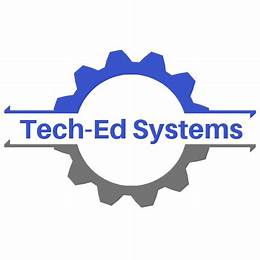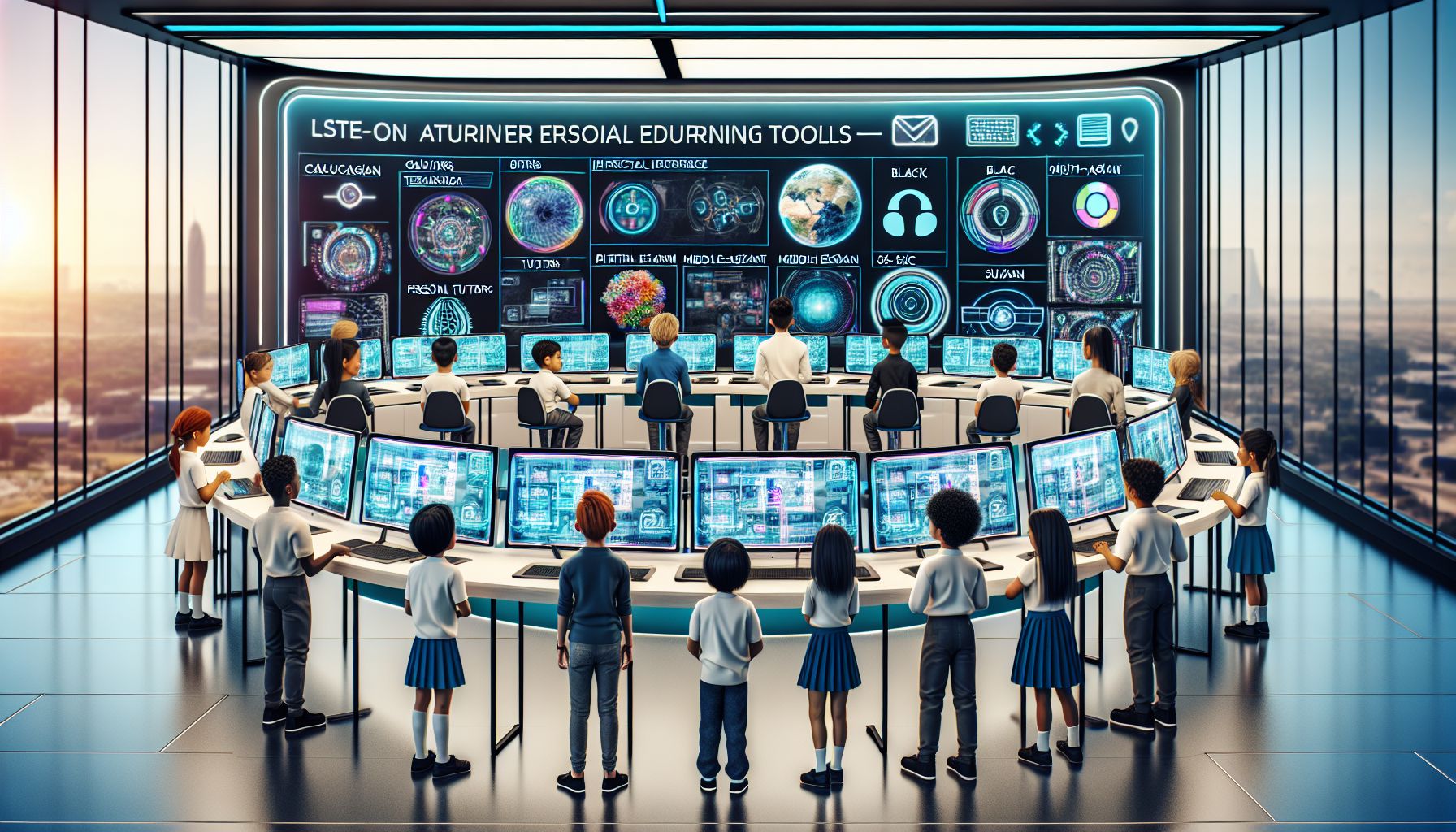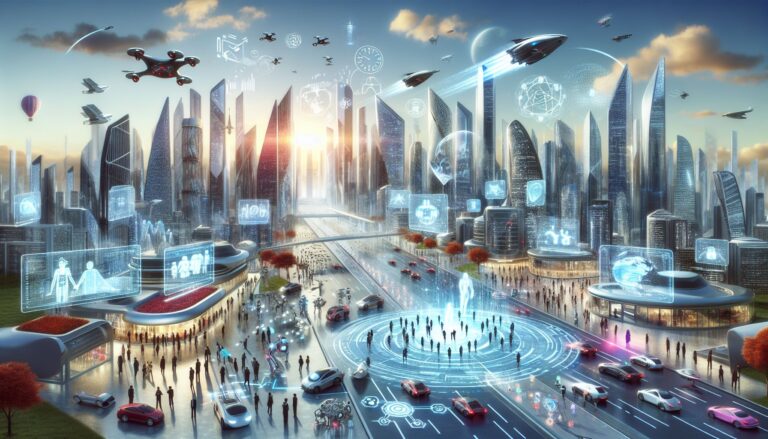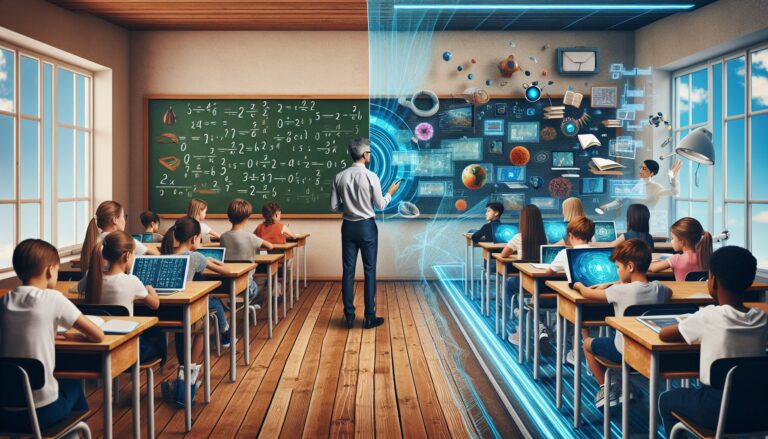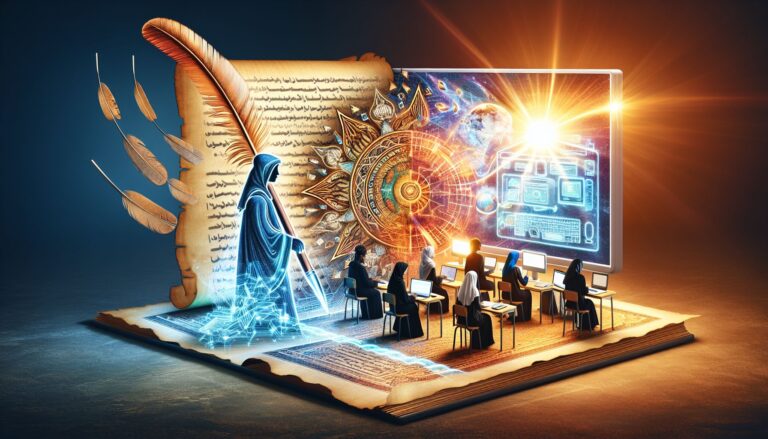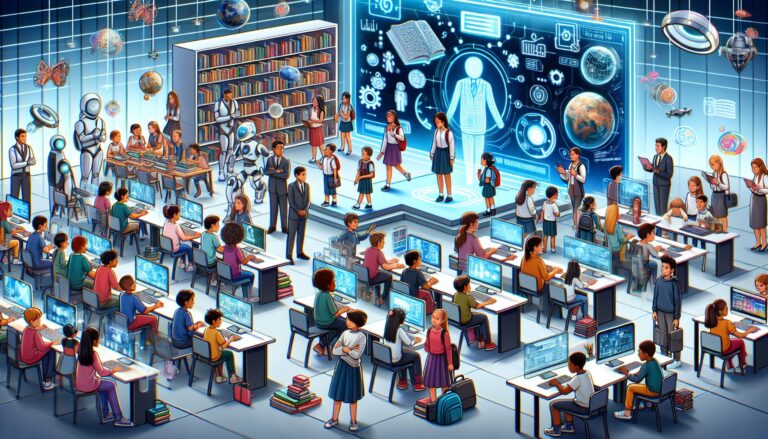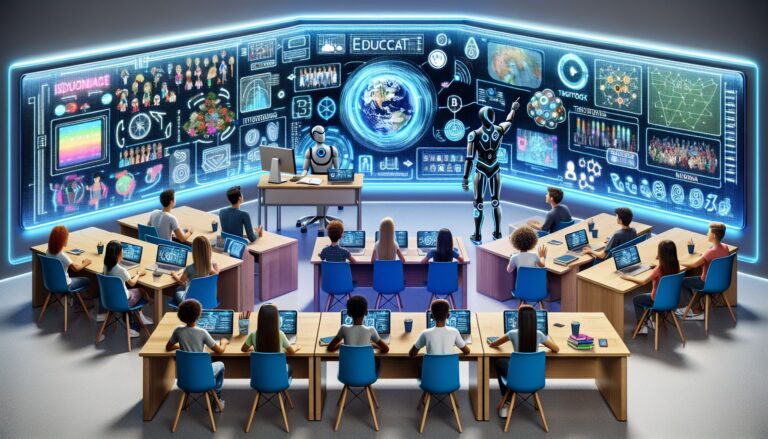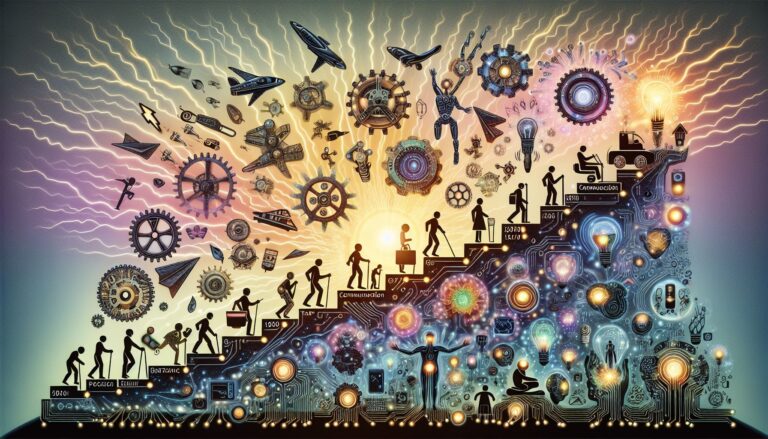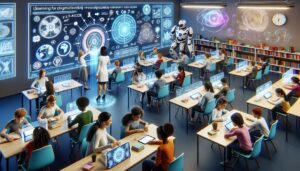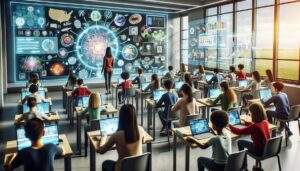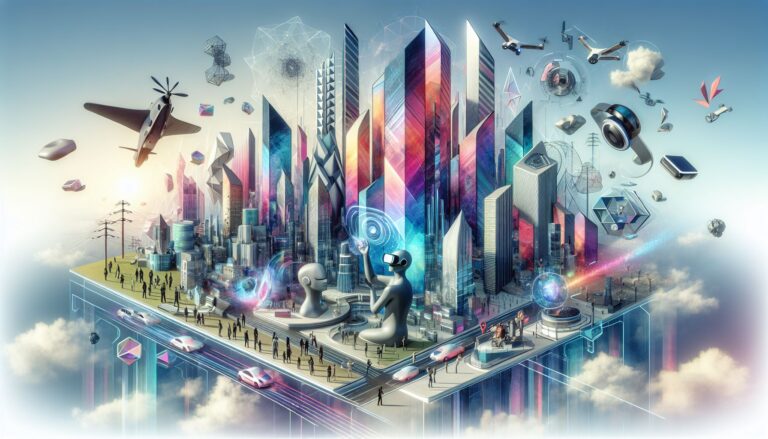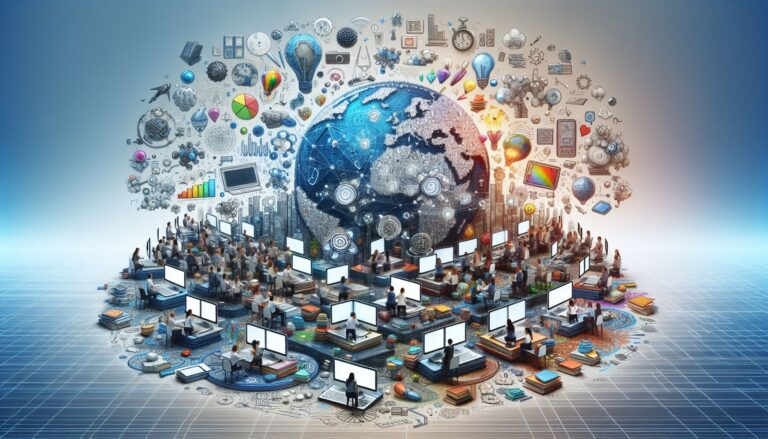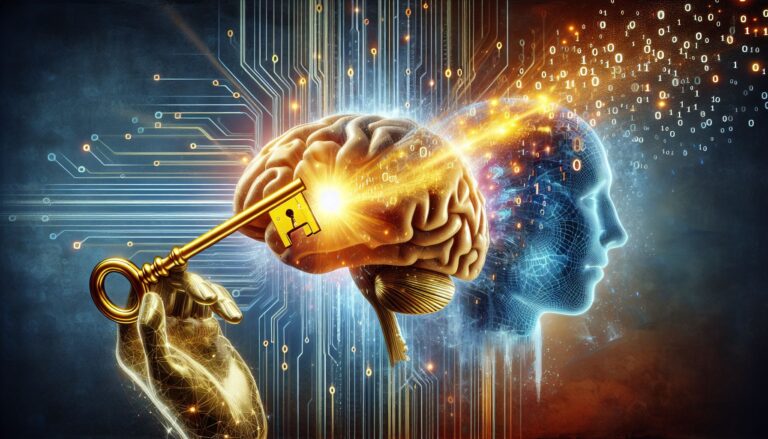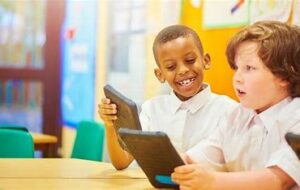 In a world that never stops evolving, the sphere of education has continually sought to reinvent itself, ensuring it keeps pace with the rapid changes around us. Gone are the days when chalk scrawls on blackboards and dog-eared textbooks defined learning. Today, the educational landscape is a vibrant tapestry interwoven with digital threads that are transforming how knowledge is delivered, consumed, and applied.
In a world that never stops evolving, the sphere of education has continually sought to reinvent itself, ensuring it keeps pace with the rapid changes around us. Gone are the days when chalk scrawls on blackboards and dog-eared textbooks defined learning. Today, the educational landscape is a vibrant tapestry interwoven with digital threads that are transforming how knowledge is delivered, consumed, and applied.
The allure of traditional education—its familiarity, its time-tested methods—still holds sway for many. Yet there is an unmistakable shift towards an era where the chalkboard metamorphoses into interactive screens, where the sage on the stage gives way to the guide by the side, videlicet the educator facilitating exploration rather than dictating notes. Thus, we embark on a journey to explore the burgeoning role of technology in learning, peeking into classroom innovations that are laying the groundwork for the students of tomorrow.
Backdropped by a tech-savvy generation, educators are adopting a multitude of digital tools to create more engaging and personalized learning experiences. Virtual reality (VR) headsets can transport students to historical battlefields or distant planets, turning abstract lessons into tangible adventures. Artificial Intelligence (AI) systems are emerging as academic aides—offering personalized tutoring or feedback, adapting to an individual’s learning pace, and even monitoring student engagement through facial recognition.
The “Internet of Things” (IoT) is making campuses smarter and more interconnected, allowing for seamless communication between devices to enhance safety, streamline operations, and foster an environment that emphasizes collaborative learning. Meanwhile, blockchain technology is not only making credentials like degrees and certifications verifiable and immutable but could also redefine the ownership of educational content in the future.
However, this digital renaissance is not without its challenges—ensuring equitable access to technology, protecting data privacy, and avoiding over-reliance on automated systems are just some of the hurdles that need attention. The art of teaching must merge with the science of technology, promoting digital literacy while preserving the human touch that fosters creativity, critical thinking, and empathy.
As we stand on the cusp of this educational metamorphosis, it is clear that the classroom of the future will be unrecognizable to time travelers from the past. The four walls that once defined it are extending into the cloud, and the geographical limitations are dissolving into the digital ether. Education, perennially a beacon of hope and progress, is likely to become more inclusive, more interactive, and perhaps most crucially, more tailored to the unique intricacies of each learner’s journey.
This reimagined education demands new skill sets from educators and learners alike, fostering a climate of lifelong learning where adaptability is key. With these technologies acting as both the canvas and the brush, the masterpiece of future education is a work in progress, inviting each of us to contribute a stroke.
In reflecting on this shift, it is not just about predicting the trends or the tools that will dominate learning; it is about envisioning a system that harnesses the symbiotic relationship between technology and human intellect. As the boundaries of what constitutes a classroom continue to expand, one thing remains certain: the pursuit of knowledge will never cease to evolve, and with technology as its ally, the potential for innovation in education is boundless.
